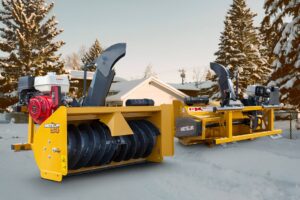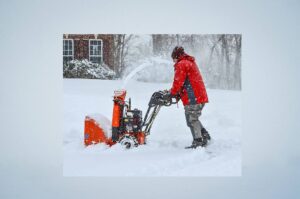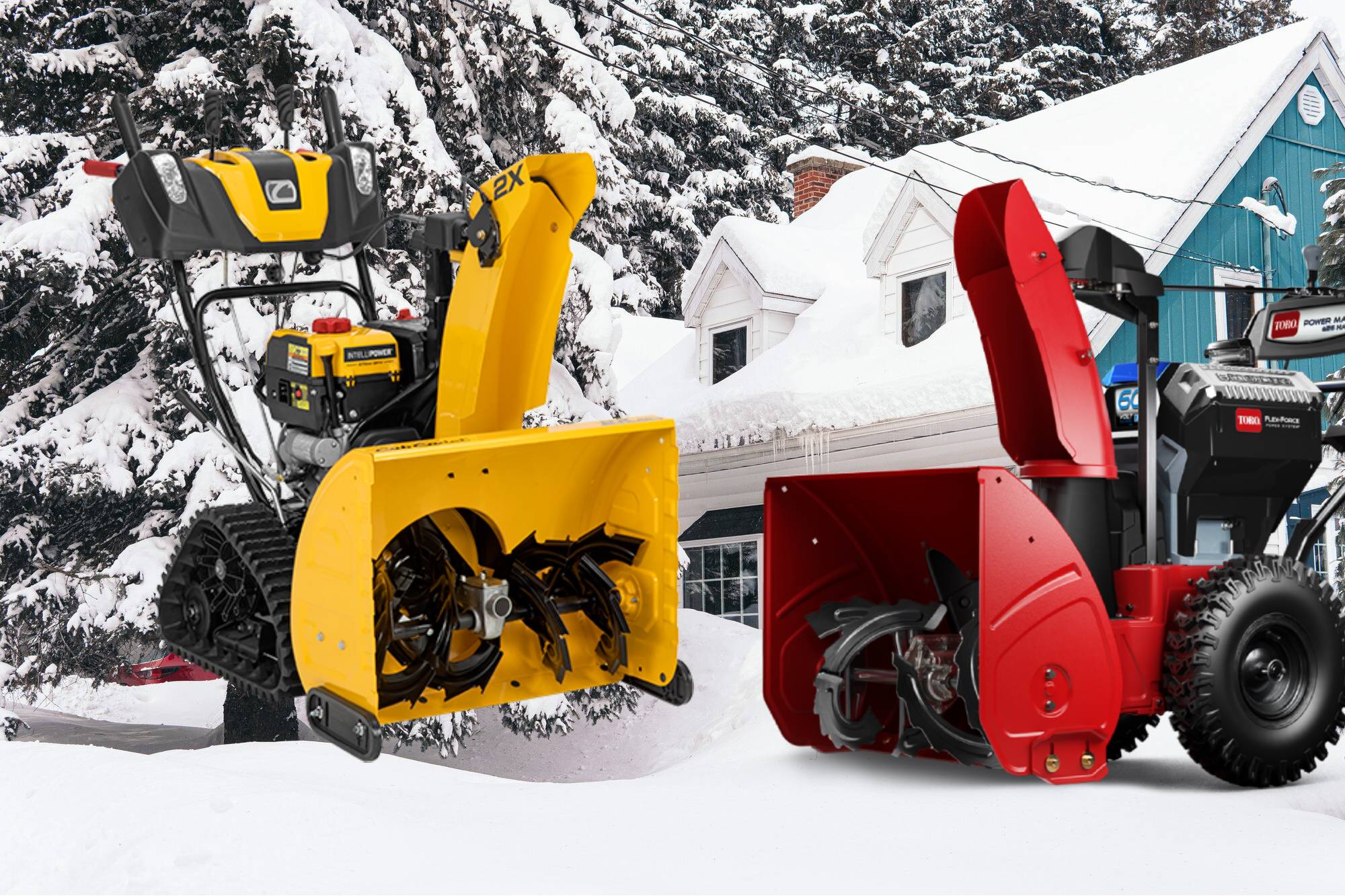Snow blowers, also known as snow throwers, are mechanical devices designed to remove snow from outdoor surfaces such as driveways, sidewalks, and roads. These machines are particularly useful in areas where snowfall is a common occurrence during the winter months.
How Does a Snow Blower Throw Snow
Picture this: a pristine blanket of snow covers your driveway, and you’re armed with a snow blower ready to tackle the task at hand. But have you ever wondered how these machines actually work their magic?
The Mechanics Behind Snow Blowers
Snow blowers, also known as snow throwers, operate on a straightforward yet ingenious mechanism. The machine is equipped with an auger – a corkscrew-shaped device that rotates and scoops up the snow. As the auger turns, it propels the snow into the discharge chute, effectively throwing it away from the cleared path.
Single-Stage vs. Two-Stage Snow Blowers
Single-stage and two-stage snow blowers differ in their approach to snow removal. Single-stage blowers use a single mechanism – the auger – to both collect and throw the snow. On the other hand, two-stage snow blowers utilize an additional impeller to assist in throwing the snow. This key difference makes two-stage snow blowers more powerful and efficient, especially in handling larger volumes of snow.

What Type of Snow Blower Do I Need
Now that we have a grasp of how these machines operate, let’s explore the crucial question: What type of snow blower is right for you?
Consider Your Property Size and Terrain
The first factor to weigh is the size of your property. For smaller driveways and sidewalks, a compact and agile single-stage snow blower may suffice. However, if you’re dealing with a larger area or uneven terrain, investing in a two-stage snow blower with enhanced capabilities might be the smarter choice.
Gas-Powered vs. Electric Snow Blowers
Another decision to make is the power source for your snow blower. Gas-powered models offer robust performance and don’t rely on electrical outlets, making them ideal for more extensive areas. On the other hand, electric snow blowers are eco-friendly, quieter, and require less maintenance – a perfect fit for smaller spaces with easy access to power.
What is a Two-Stage Snow Blower
Now, let’s dive deeper into the world of two-stage snow blowers, understanding their unique features and benefits.
The Dynamic Duo: Auger and Impeller
The defining characteristic of a two-stage snow blower is the incorporation of an auger and an impeller. While the auger lifts and breaks down the snow, the impeller takes charge of expelling it through the chute. This two-step process allows for more efficient and powerful snow removal, making two-stage snow blowers the go-to choice for heavy-duty tasks.
Ideal for Heavy Snowfall and Wet Snow
If you reside in an area prone to heavy snowfall or encounter wet, compacted snow regularly, a two-stage snow blower is your best bet. The added impeller force assists in handling challenging conditions, ensuring a swift and effective snow-clearing experience.

What is the Proper Way to Use a Snow Blower
Armed with the knowledge of how snow blowers function and the types available, it’s crucial to understand the proper techniques for using these machines effectively.
Preparing Your Snow Blower
Before firing up your snow blower, conduct a quick pre-operation check. Ensure the machine is fueled, oil levels are adequate, and all parts are in good working condition. Clear the area of any obstacles and make sure the discharge chute is properly adjusted.
Choose the Right Path and Direction
When operating a snow blower, it’s essential to establish a systematic clearing pattern. Start from the outer edges and work your way towards the center, avoiding the temptation to throw snow against the wind. This not only maximizes efficiency but also prevents unnecessary backtracking.
Adjusting the Height and Chute Direction
Different snow conditions may require adjustments to your snow blower’s height and chute direction. For light, powdery snow, a higher clearance is suitable, while wet, heavy snow may require a lower setting. Similarly, adjust the chute to throw the snow in the desired direction, keeping it away from cleared areas.
Safety First: Know Your Surroundings
Before embarking on your snow-clearing mission, be mindful of your surroundings. Remove any potential hazards, such as toys or debris, and be cautious of uneven terrain. Stay vigilant to avoid accidents, and always follow the manufacturer’s safety guidelines.
Conclusion:
Understanding how these machines operate, choosing the right type for your needs, and mastering the proper usage techniques are key to ensuring a smooth and efficient winter season. So, whether you opt for a single-stage or a two-stage snow blower, armed with this knowledge, you’re ready to face winter’s challenges head-on. Stay warm, stay safe, and let your snow blower be your trusted ally in the battle against the snow-laden landscapes.
